Bringing new solutions
In Vietnam, the rapid urbanization has raised many urgent issues such as: how to plan effectively, meet the needs of population growth and protect the environment; how to apply modern technology while still preserving cultural identity and historical values; and more importantly, how to resolve the contradiction between growth and sustainable development.
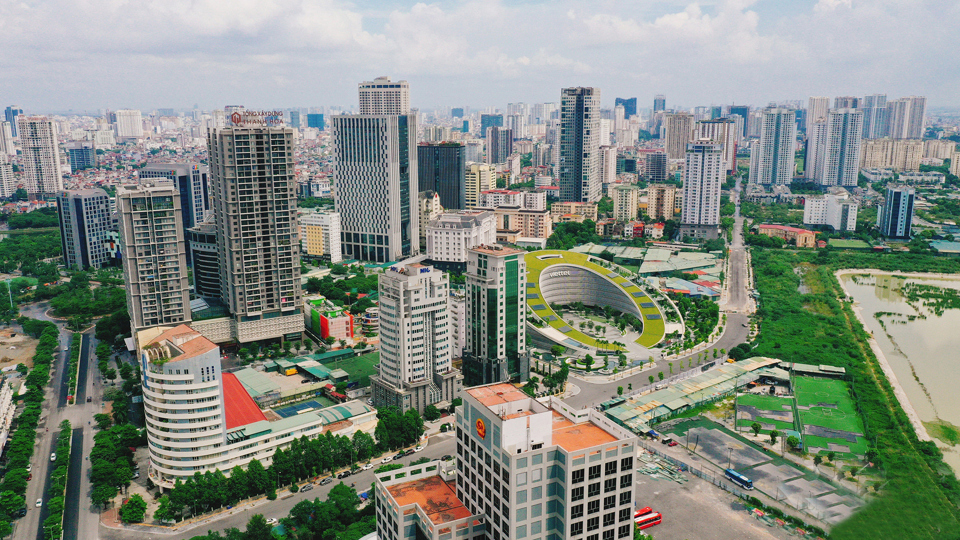
According to Dr. Architect Nguyen Van Hai - Chairman of the Hanoi Architects Association: “For architecture and planning - a field that plays an important role in shaping living spaces, managing urban resources and sustainable development, AI has brought about remarkable advances, comprehensively changing the face of planning and architecture. AI brings new solutions from big data simulation to predict planning trends to automation in architectural design, and supports the construction of smart cities, where the quality of human life is put first”.
Architect Pham Hoang Phuong - National Institute of Architecture also believes that AI can be deployed in all architectural design steps to automate the process, improve efficiency and quickly create high-quality projects at lower costs such as collecting information and assessing the current status of construction sites; researching and proposing design ideas; implementing technical design content, converting to be able to apply to modern construction processes towards construction industrialization...
Sharing the same view, many architects (KTS) shared that AI and digital tools based on big data have greatly intervened in the way architects shape and simulate construction designs. AI helps architects make the most of endless data sources, while proposing solutions to solve complex problems. This technology can simplify the design process, minimize errors, optimize prediction time as well as effort in projects.
These data-driven tools support architects and urban planners by providing them with insights and recommendations based on data analysis. For example, algorithms can be used to track and predict the quantity or materials a building will need to operate. To create more high-performance design options, architects can build on their favorite designs and then tailor them to meet community needs while reducing environmental impact.
Materializing AI in planning and architecture
According to experts, although there is currently no project that has been completely designed and built using AI. However, the application of AI in planning and architecture in Vietnam has initially had specific products. Director of SOS Hoang Anh Solution Services Co., Ltd. said that the initial effectiveness of AI application in construction management and licensing is being implemented in some major cities such as Hanoi, Ho Chi Minh City and some other cities in the country.
The application of AI has allowed for maximum automation of the entire design process. All information on general planning, zoning planning, detailed planning, urban design, house design criteria, etc. are automated, collected and used as input to build a house model. The accuracy of cadastral map data is accurate to centimeters and millimeters, so the drawing process is carried out quickly, providing a model that is true to the current situation. To date, the SOS data system has about 2 million houses that have been automatically licensed.
In 21 districts of Ho Chi Minh City, people choose Smart City service with automatic construction permit issuance and processing process.
Specifically, from the first step of choosing the Smart City construction permit service, people will enter the red book information (red book, sheet number, plot number, location of construction permit application and house model), AI will automatically create design drawings based on the house model and people's requirements, create a permit application file and submit it to the public service portal.
In the next step, AI will create an architectural space model, construction design documents and construction estimates associated with implementation solutions. Then, the system will automatically check and process the set of construction planning standards and export the construction permit documents, sign digital signatures and automatically return results to the investor. AI will manage and monitor construction activities, ensuring compliance with regulations.
Artificial intelligence is opening a new era for the architecture industry, helping to optimize the design, planning and construction process, but there are still many challenges. Dr. Architect Trinh Hong Viet - National Institute of Architecture assessed that, through the initial implementation period, there are still some existing problems that have been pointed out such as AI technology in Vietnam is mainly applied in the initial stages of conceptual design. Some new technologies are applied on the basis of integration into conventional software platforms, so there are conflicts with hardware.
The application of AI in the stages of technical design and project implementation still needs time to complete. Therefore, it is necessary to promote research on the application and deployment of AI technology platforms in the fields of architecture and urban planning based on the selection of platforms suitable for practical conditions in Vietnam as well as a mechanism to prioritize research on the localization of some AI platforms to optimize and clearly demonstrate the identity of Vietnamese architecture.
Applying digital technology, especially AI, to build data and optimize the use of architectural data will increase labor productivity and reduce operating costs, while contributing to improving the competitiveness of enterprises.
Our company has designed 96 high-rise projects in 16 provinces and cities, built 52,600 apartments and more than 8 million square meters of floor space. Due to the nature of repetitive work but broken data, it is difficult to reuse past data for new projects, so if AI is applied, it will help shorten the working time from 1/100 to 1/1,000.
Chairman of the Board of Directors of Cubic Architecture Joint Stock Company,
Architect Tran Vu Lam
Source: https://kinhtedothi.vn/xu-huong-ung-dung-ai-trong-quy-hoach-kien-truc.html




![[UPDATE] April 30th parade rehearsal on Le Duan street in front of Independence Palace](https://vstatic.vietnam.vn/vietnam/resource/IMAGE/2025/4/18/8f2604c6bc5648d4b918bd6867d08396)

![[Photo] Prime Minister Pham Minh Chinh receives Mr. Jefferey Perlman, CEO of Warburg Pincus Group (USA)](https://vstatic.vietnam.vn/vietnam/resource/IMAGE/2025/4/18/c37781eeb50342f09d8fe6841db2426c)














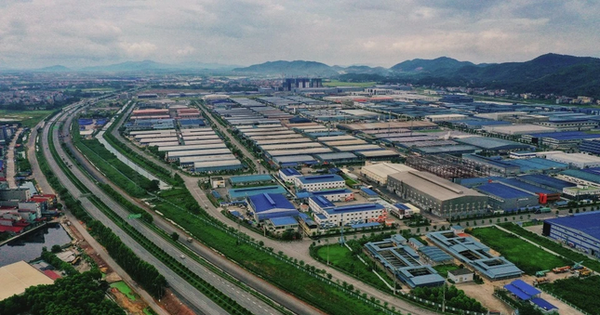
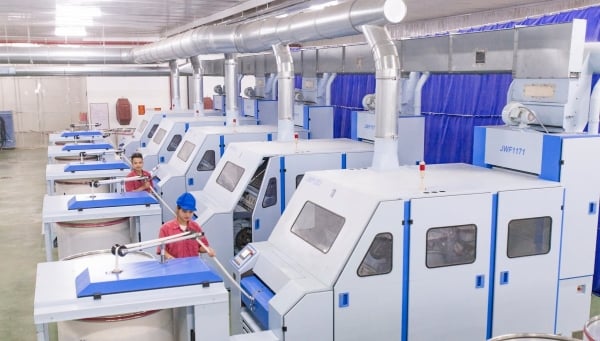





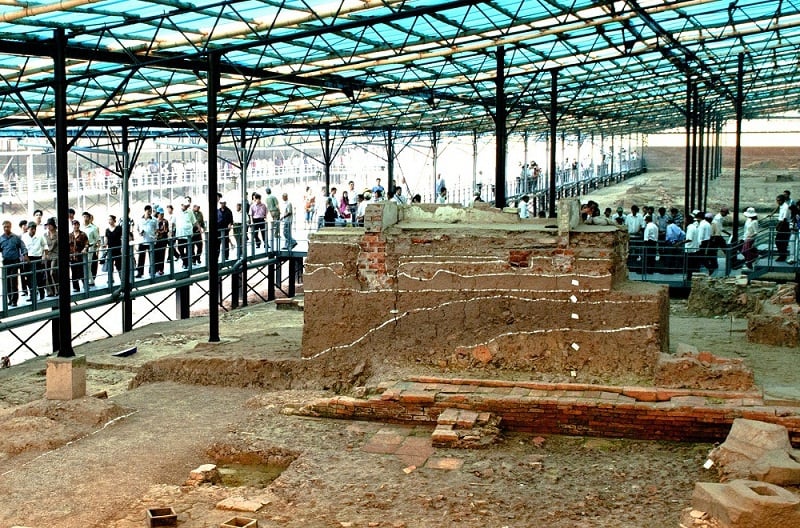


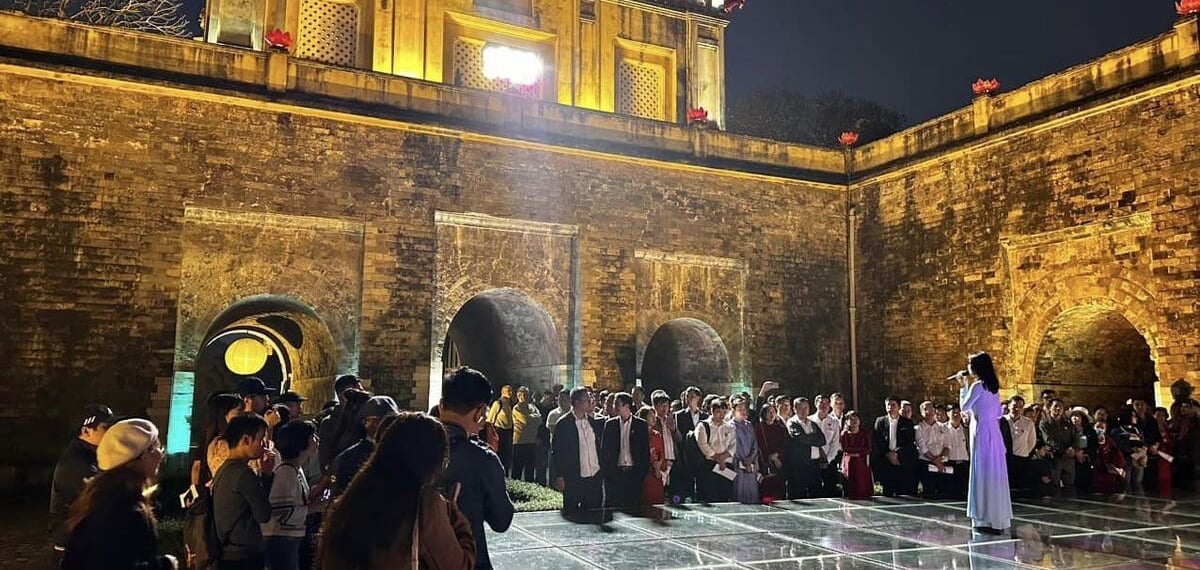









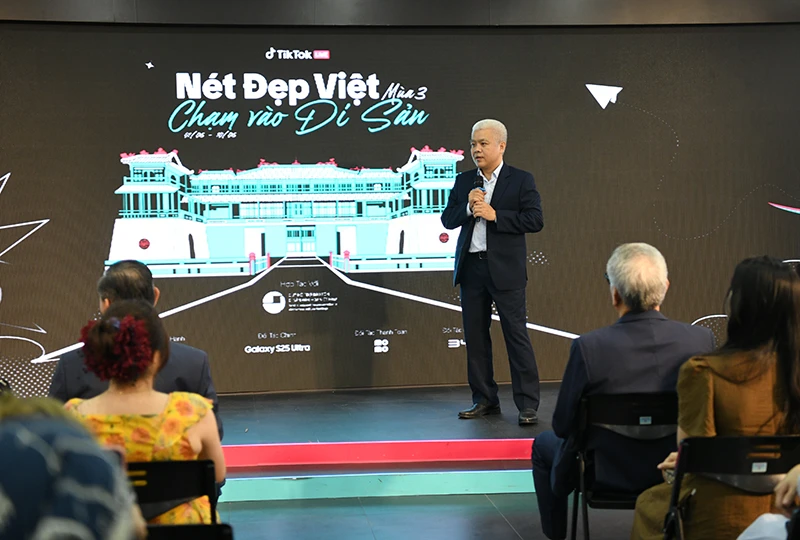













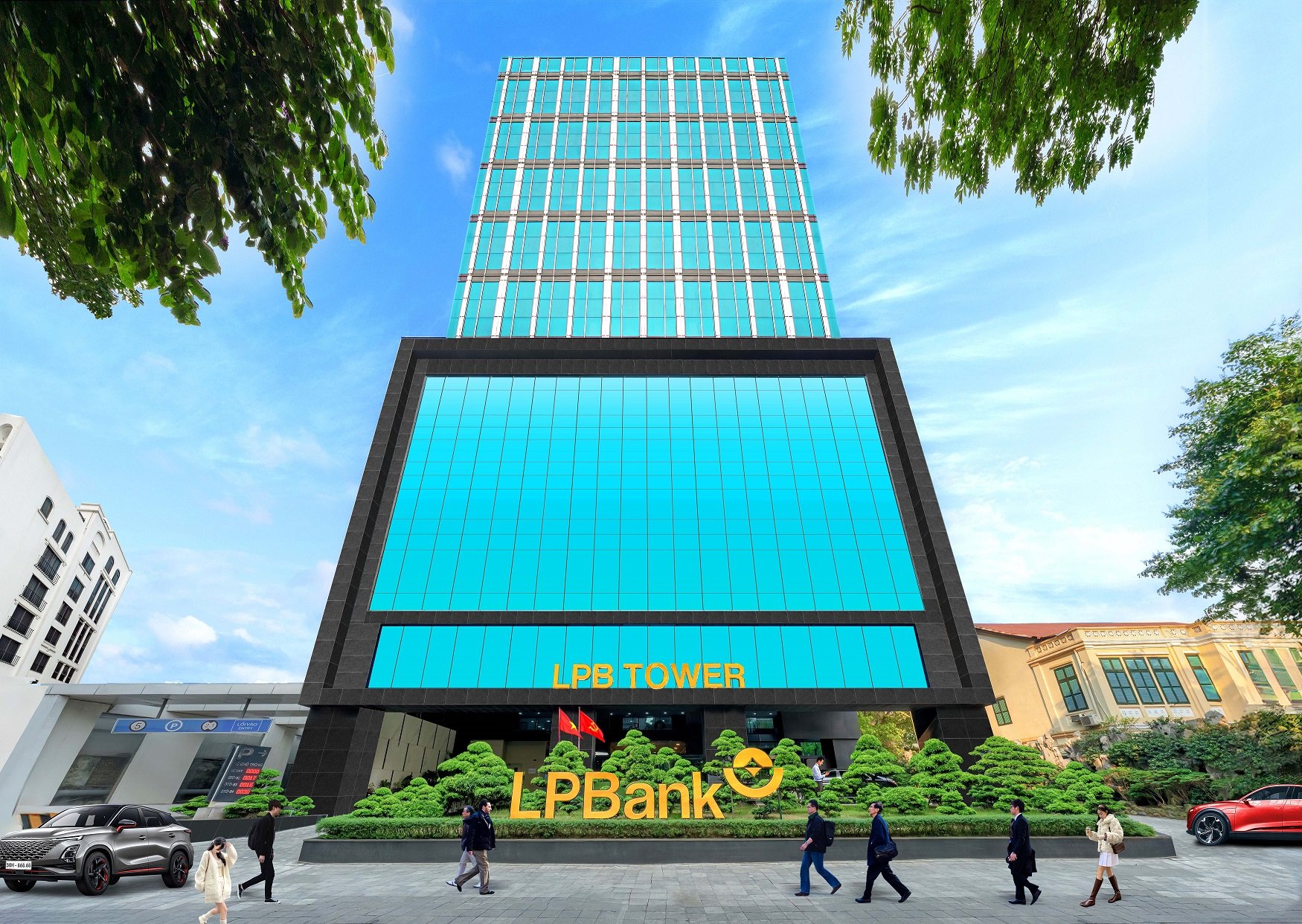






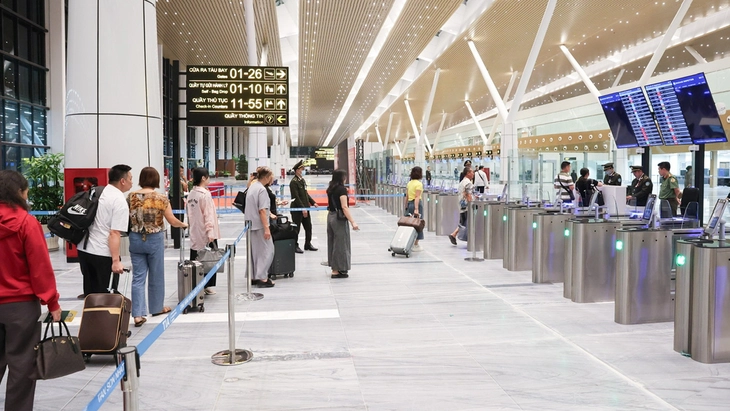


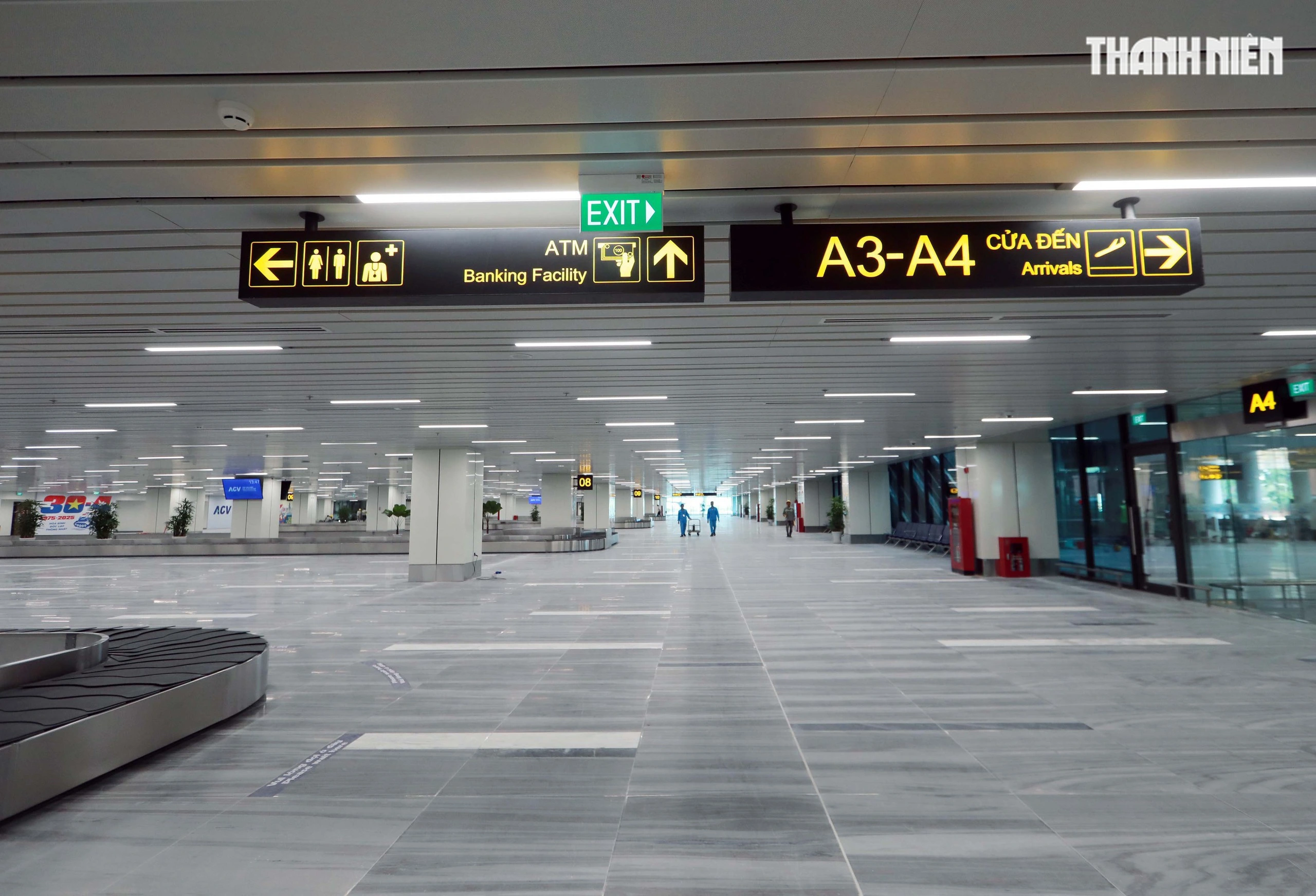




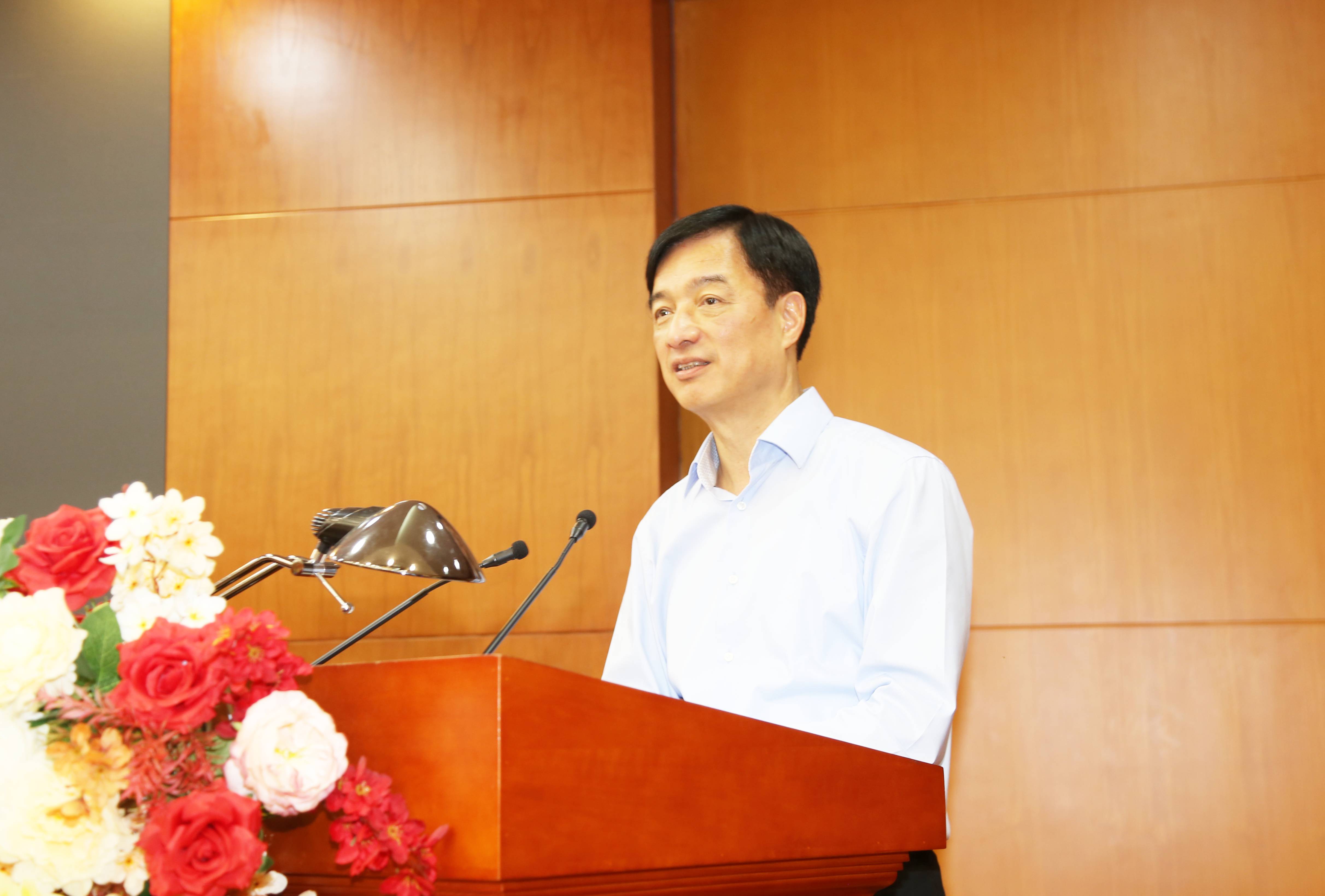








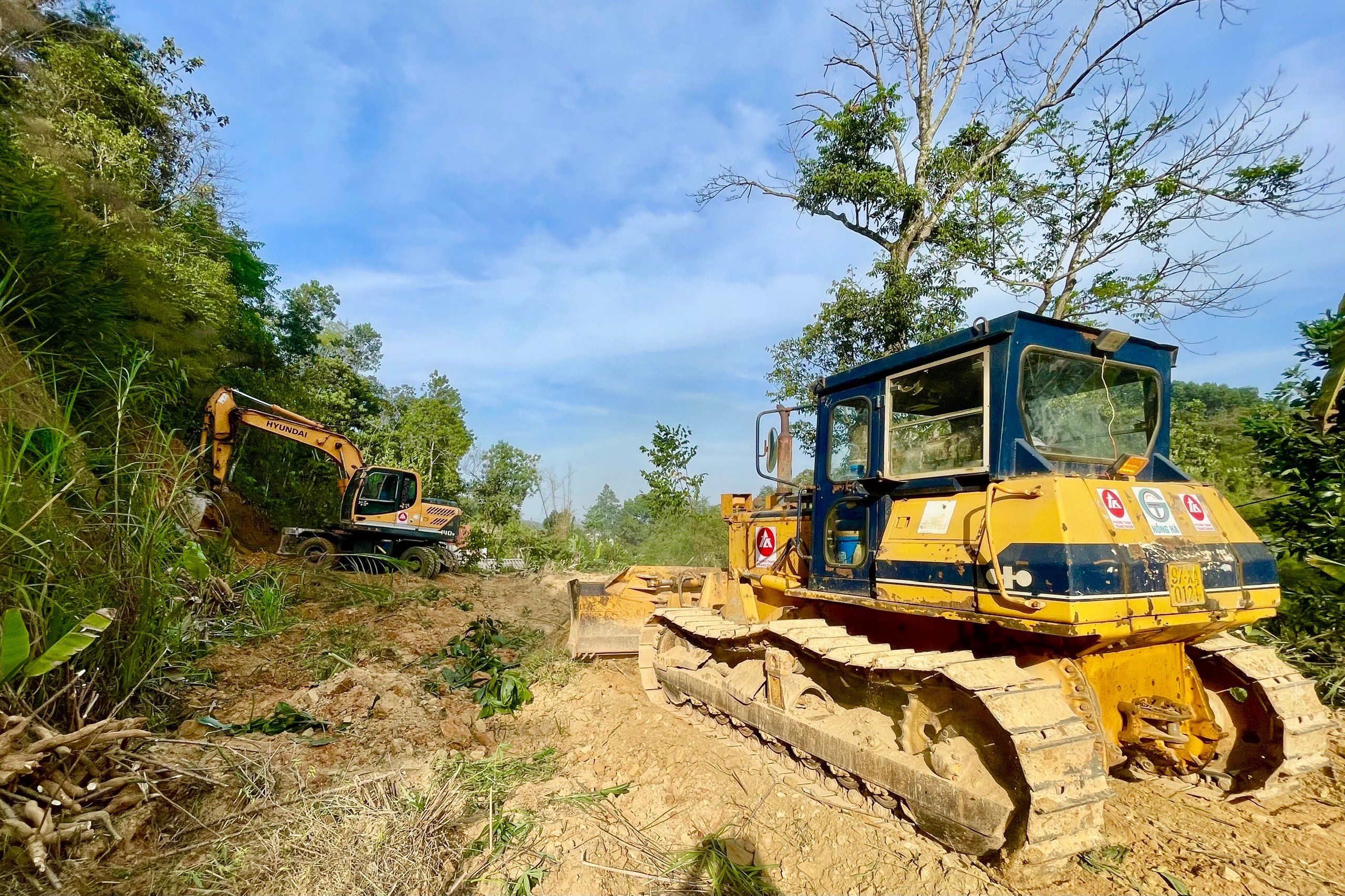
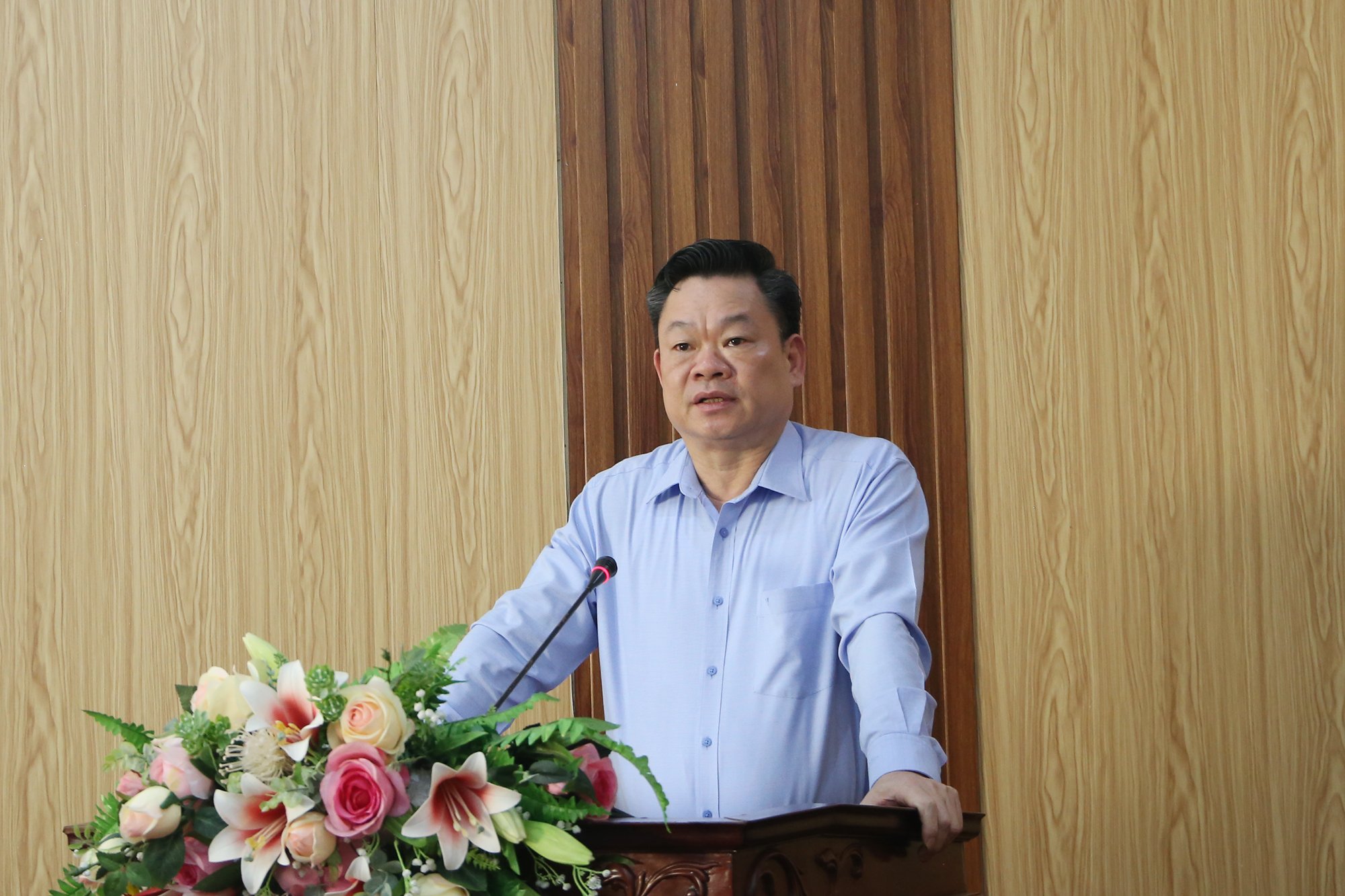

















Comment (0)